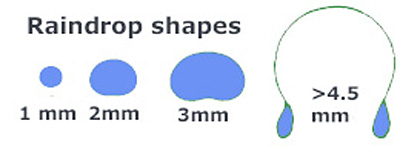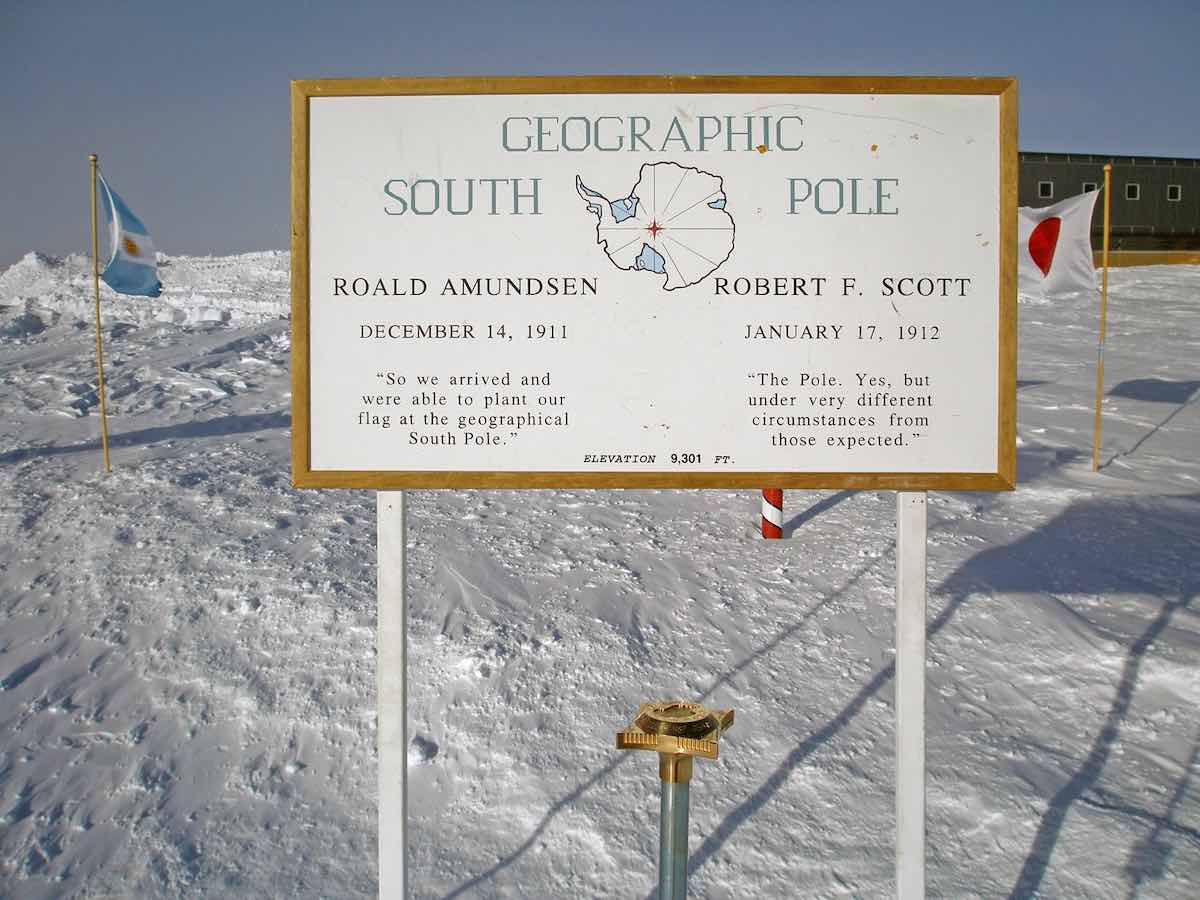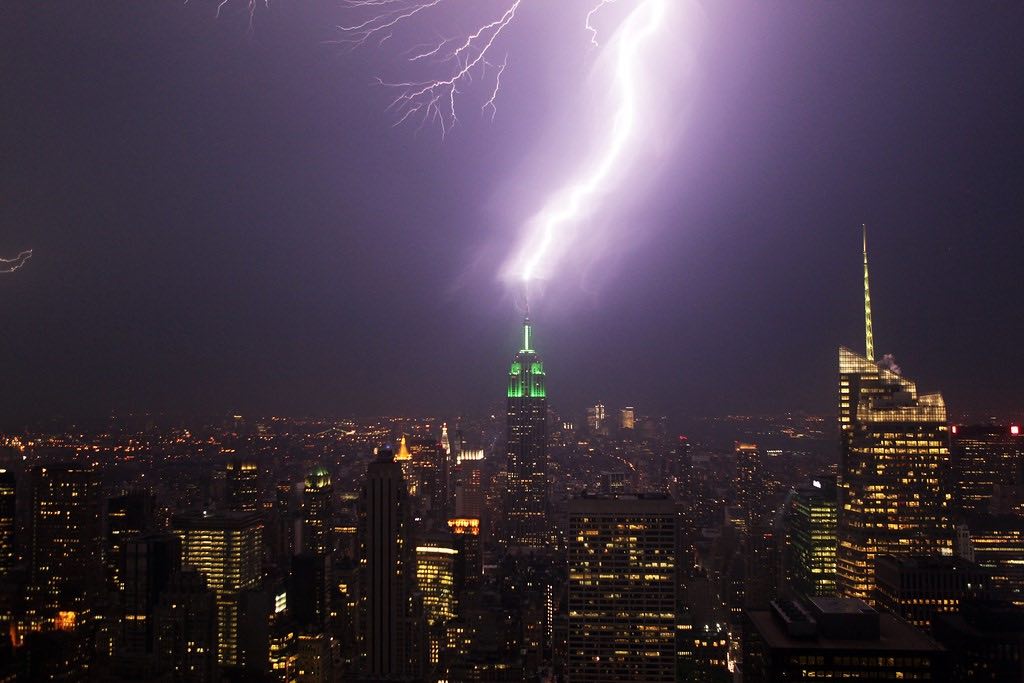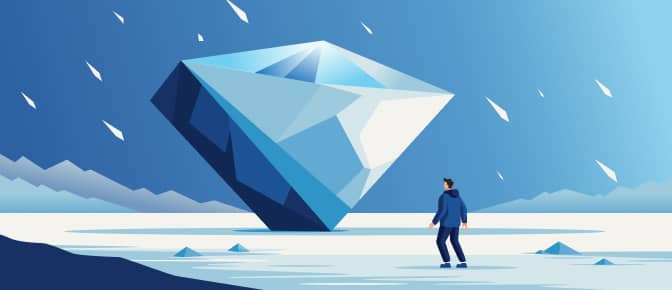There are many myths about the weather in our society, including wild theories which lack any basis. In the past, people used to think that gods or spirits controlled the weather. But now, science can easily explain any weather event. In this article, we are going to focus on the weather myths and facts about precipitation.
Weather Myth #1: People Can Smell the Rain: False
Especially after a long drought, everyone knows a characteristic fresh “smell of rain” when the first drops hit the ground. Raindrops consist of water, i.e. H2O, and that is known to be odorless. But what do you actually smell? Is it one of the common weather misconceptions? Let’s find out.
In 1964, Joy Bear and Richard Thomas wrote an article in “Nature” magazine about a study dealing with the smell of rain. In the study, these two Australian scientists found that plants produce and secrete yellowish oil during a dry period. This is then reflected on the ground and rocks. Now, when it starts to rain, these essential oils are dissolved by the water and fragrant into the air.
 Richard Thomas and Joy Bear. Image from H. Poynton, ‘The Conversation’, March 31, 2015. Source Earthnotes
Richard Thomas and Joy Bear. Image from H. Poynton, ‘The Conversation’, March 31, 2015. Source Earthnotes
The two researchers gave the unmistakable smell the name “Petrichor”. The name derives from the two Greek words “petros” (stone) and “ichor” (the liquid in the veins of the Greek gods). However, recent studies have shown that another substance is also responsible for the smell.
We are talking about geosmin, an alcohol produced by bacteria in the soil. As soon as the bacteria contact with water after a dry phase, they become active and release, among other things, the volatile and strong-smelling geosmin. In addition, spores form if it has not rained for a long time. With the onset of rainfall, the spores whirl up and fly through the air as aerosols, which we then inhale. Therefore, the smell of rain belongs to precipitation myths, not facts.
Weather Myth #2: Raindrops Are Always Shaped Like Teardrops: False
The shape of raindrops can vary depending on a few different factors, for example:
- the size of the drop,
- the speed at which it’s falling,
- and the atmospheric conditions it encounters.
When a raindrop first forms, it is typically spherical because the water molecules stick together tightly. However, as the drop falls through the atmosphere, it can change shape because of air resistance, turbulence, and other forces.
 Image source: USGS.gov
Image source: USGS.gov
One of these forces is known as the “Stokes’ law”. It states that smaller objects will take on a more spherical shape whereas larger objects will become more flattened or elongated. It means that smaller raindrops will tend to be more spherical, while larger drops will become more flattened as they fall. Additionally, when a raindrop falls through the air, it can collide with other drops, causing it to merge and change shape. These collisions can also cause the drop to become longer or flatter. Therefore, we can say that tear-shaped raindrops can exist, but not all raindrops are shaped like tears – this belief belongs to rain myths.
## Weather Myth #3: There Is No Heavy Snowfall When It’s Too Cold: True
A frequently heard weather rule says that it doesn’t snow when it’s very cold. In order for it to snow, water vapor in the air has to condense at low temperatures and freeze to form ice. In principle, snow can form at any minus temperature. But for a significant amount of snow to form, there must first be enough water in gaseous form, and that amount drops drastically with temperature.
Cold air can hold much less humidity than warm air. For example, 0-degree cold air can hold about five grams of water per cubic meter. The lower the air temperature, the less amount of water it can hold. So it is true that much less snow falls when it is very cold than when it is around freezing.
Measured by its aridity, Antarctica is one of the largest desert areas on Earth. At the South Pole, for example, where it is constantly freezing cold, only a few centimeters of snow fall each year. But since nothing melts in the cold, Antarctica is still covered with a thick layer of ice and snow.
 Image source: Coolantarctica. Photo credit: Alan Light
Image source: Coolantarctica. Photo credit: Alan Light
If it still snows below -4°F (- 20°C), then there are no more real snowflakes. At such temperatures, water vapor freezes so quickly that instead of the beautiful, six-pointed stars, only small ice crystals form. In addition, there is also the so-called polar snow in severe cold. Even when the sky is clear, the finest ice needles float to earth.
To summarize, it really cannot snow heavily when it’s too cold, so this rule does not belong to precipitation myths.
## Weather Myth #4: Lightning Always Strikes the Highest Point: Neither True Nor False
The lightning flash does not take the straightest path and you can tell by its jagged shape. Rather, there are also numerous partial discharges, because the electric field in the air is not uniform. In extreme cases, it is possible for the flash to even cover a large distance horizontally.
Nevertheless, the probability that lightning hits a tall object is significantly higher. It naturally decreases with the distance from the object. A tall building, for example, cannot protect the entire area from a strike, so the rule is not absolute.
A false belief, on the other hand, is thinking that lightning never hits the same place again. For example, lightning strikes the Empire State Building in New York about 25 times a year.
 Image source: NYC Microseasons. Photo credit: Dan Nguyen/Flickr
Image source: NYC Microseasons. Photo credit: Dan Nguyen/Flickr
## Weather Myth #5: Do Not Use a Cell Phone During a Thunderstorm: False
The behavioral tip that you should not use your cell phone during a thunderstorm is also a false belief. According to it, with a mobile phone near your ear, you run a higher risk of being struck by lightning. However, experts disagree, because the cell phone is just a piece of metal being held to the head. This is irrelevant to the risk of being struck by lightning. According to experts, the electromagnetic power emitted by a mobile phone is far too low to increase the conductivity of the air.
However, the recommendation to unplug all electronic devices during a thunderstorm is correct. So-called overvoltages can damage electronic appliances. Sensitive devices can even be damaged if lightning doesn’t even strike your home. High voltages can get into the devices both via the power supply and the antenna cable.
Weather Myth #6: Lightning Can Strike Only Oaks: False
“Do not hide under oak trees, hide under beeches” is a nonsensical and dangerous weather rule during a thunderstorm. Only the first part is correct, that you should stay away from oak trees during thunderstorms. But basically, you should stay away from every tree. It doesn’t matter to lightning whether it strikes an oak, beech, or pine tree. Lightning damages oaks more often than other trees, but you should stay away from all trees during a storm.
Summary
So we’ve debunked six common weather myths about precipitation. Here’s a summary:
| Weather Myths | True/False | Why |
|---|---|---|
| People can smell rain. | False | The smell is a result of oils and bacteria in the soil. |
| Raindrops are always tear-shaped. | False | Raindrops are initially spherical and can change shape. |
| Heavy snowfall cannot occur when it’s too cold. | True | Colder air is less humid. |
| Lightning always strikes the highest point. | Neither | The electric field in the air is not uniform. |
| Cell phone usage increases the lightning strike risk. | False | A cell phone emits too low electromagnetic power. |
| Lightning only strikes oaks. | False | Oaks suffer more than others, but lightning can strike any tree. |
Stay tuned to other articles about weather myths on the RainViewer blog!






